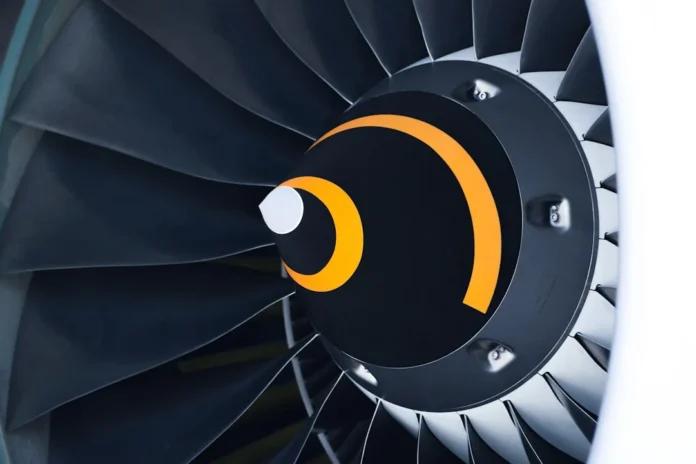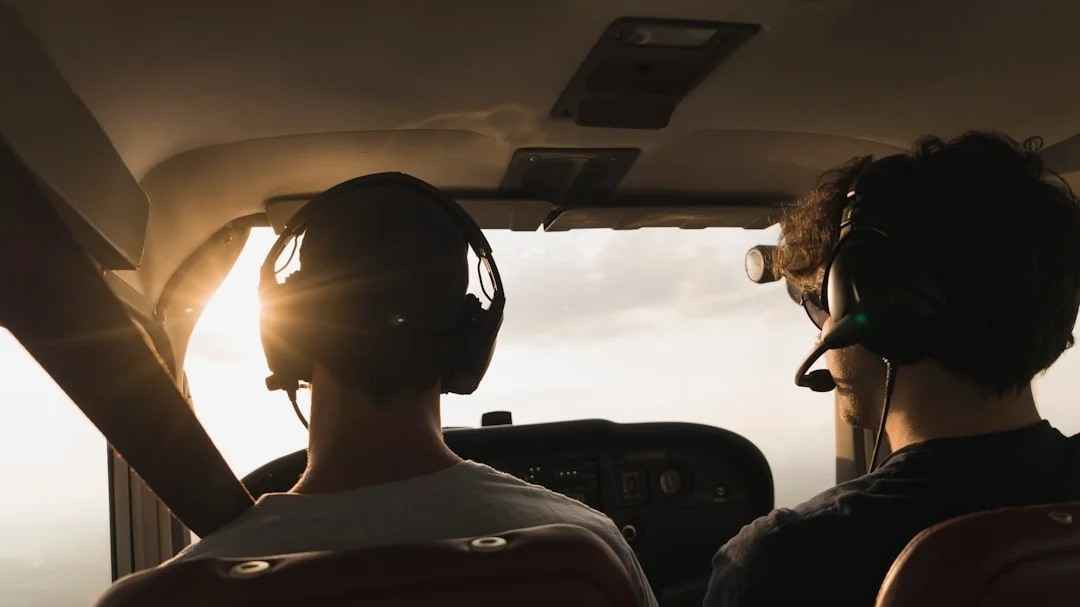In aviation, the term “Flight Crew” (F/C) refers to the team of personnel responsible for the operation and safety of an aircraft during flight. The Flight Crew plays a critical role in ensuring that every flight is conducted smoothly, safely, and in compliance with all regulatory standards. Understanding what constitutes the Flight Crew and their responsibilities is fundamental for anyone interested in aviation operations, safety protocols, or airline management.
Understanding the Flight Crew Composition
The Flight Crew consists primarily of the pilots operating the aircraft. Most commonly, the crew includes a Captain, the Pilot in Command, and a First Officer or co-pilot who assists in flying the plane. Depending on the aircraft type and regulatory requirements, the Flight Crew may also include additional pilots, such as a Second Officer or Relief Pilot, especially on long-haul flights exceeding 8 to 10 hours, to comply with maximum duty time regulations.
Besides the flight deck members, certain aviation regulations recognize specific roles, such as flight engineers or navigators, although these functions have largely been automated or integrated into pilot duties with modern technology. According to the Federal Aviation Administration (FAA), a typical Flight Crew in commercial aviation must hold appropriate licenses like the Airline Transport Pilot License (ATPL) and complete recurrent training at regular intervals, usually every 6 to 12 months. The International Civil Aviation Organization (ICAO) also mandates Flight Crew members to undergo regular checks to maintain operational currency and proficiency ICAO Flight Crew Training.
Flight Crew Responsibilities and Duties
Flight Crew responsibilities encompass a broad spectrum of activities critical to flight safety and operation efficiency. The core task centers on flying the aircraft—this includes takeoff, in-flight navigation, communication with air traffic control, and landing. The Captain typically holds ultimate responsibility for decisions made during the flight and directs the Flight Crew’s actions.
In addition to flight control, the Flight Crew manages pre-flight inspections, reviews weather conditions, calculates fuel requirements, and verifies compliance with aircraft weight and balance limits. For example, on a Boeing 777, calculating fuel load takes into account planned route distance, expected weather, reserve fuel requirements, contingencies, and alternate airport fuel needs, often totaling tens of thousands of kilograms. Crew resource management (CRM) is a vital part of Flight Crew duties, emphasizing communication, decision-making, and teamwork. Flight Crew is also trained in emergency procedures, including engine failures, decompression, and system malfunctions, ensuring rapid response to protect passengers and aircraft integrity.
Flight Crew Training and Certification
Flight Crew must complete rigorous training and certification before they can operate commercial flights. Initial training covers aircraft systems, meteorology, navigation, and instrumentation. Simulator training replicates real flying conditions, including emergency scenarios, with sessions lasting from several days to weeks depending on the aircraft type. For example, pilots transitioning to larger aircraft such as the Airbus A380 undergo type rating courses spanning 4 to 6 weeks with intensive simulator hours.
Certification involves passing theoretical exams, practical flight tests, and maintaining ongoing licensure through recurrent training and medical evaluations. Flight Crew members are required to maintain flight time limits set by regulatory bodies, such as the FAA’s 100 hours maximum in any 30-day period for Part 121 operations, or the European Aviation Safety Agency (EASA) limits on flight duty time to prevent fatigue. Health and fitness are closely monitored, as pilots must hold valid Class 1 medical certificates with strict vision, cardiovascular, and neurological standards to ensure safe operation.
Understanding what Flight Crew entails highlights their vital contribution to aviation safety, operations, and efficiency. Their highly technical training, adherence to regulations, and ability to operate complex aircraft systems ensure that air travel remains one of the safest modes of transportation worldwide.
For More: What is VΑPROT in Aviation? (First Level Of Angle Of Attack Protection)




